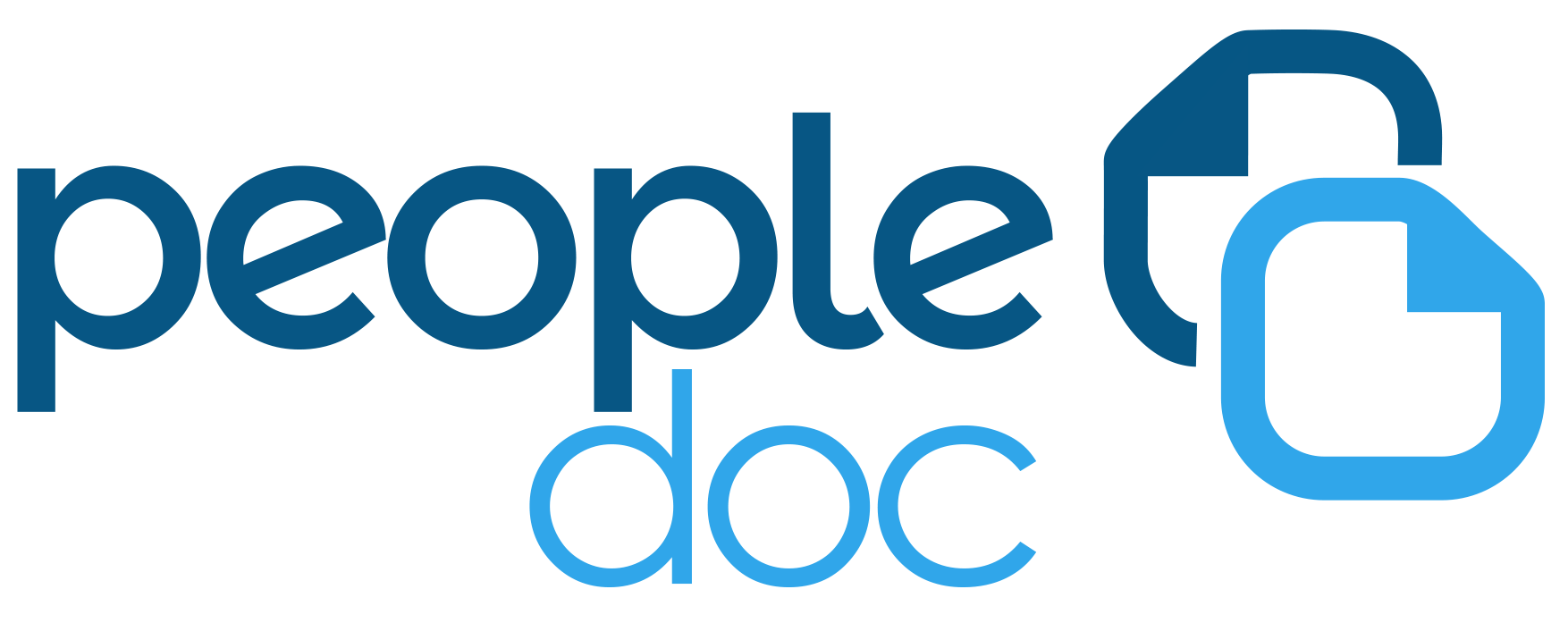When American Express took the shared service route it started by taking a good hard look at its global HR service delivery. It quickly identified that 80% of its HR processes could be applied globally – but 20% needed to remain very specific to local regions. This deep understanding would be vital as it moved forward.
For any business thinking of taking the HR shared service route, the American Express experience is an excellent starting point to learn from. More and more organisations are recognising the enormous benefits to be had from shared service in increased productivity and efficiency.
HR also recognises the need to balance this with improved outputs and experiences for its many stakeholders.
As a company involved in just this kind of journey for many global customers we thought it might be useful to give three simple pointers for other organisations to think about as they execute their shared service programmes.
Strategic HR:
HR's role in strategic succession planning
Hybrid working: building a sustainable long-term strategy
1. Streamline the HR process
Re-organising your HR teams into a shared services model is a great opportunity to review your HR processes, just as American Express did. Are any of them outdated, inefficient, or even altogether redundant? What impact will the shared service proposal have on these and how might the new structure affect them?
Are there global processes – as American Express discovered – that can be standardised to gain you even greater efficiencies while improving the experience of employees?
The time spent up front on defining and refining these processes will be paid back when it comes time to apply the technological support needed to make them work effectively. Biotech company Biogen was able to make dramatic improvements by re-designing and automating key processes that involved the flow and approval of HR documentation.
It is not only a good discipline – the benefits will really start to flow from the solid foundation this provides.
2. Analytics: the essential part of continuous improvement
One of the opportunities in shared services is the ability to use analytics and reporting. This will provide your business with crucial data to enable you to continue to refine and optimise your shared service model.
Continuous tracking will give HR leaders the information they need to make informed decisions about how to deliver even better HR services in the future.
For example, are there popular topics that come up again and again? If so, do you need to provide better information or knowledge articles on your employee portal about these? Do you need to add additional HR specialists or training in key areas? Are there peak times for demand where you need to add greater resource?
With good analytics you can deliver the kinds of insights that ensure you drive further efficiencies and improvements in all the right places.
3. Implement the right technology
Our widespread experience suggests that technology is critical to the success of any HR shared service centre. This is a new and for many employees very different way of doing things. When they need support you must ensure they have the resources and help they need, when they need it.
Case management technology, for example, is the backbone of any shared services centre, enabling employees to connect to the right person to resolve their problems.
At the same time it provides the HR team with the ability to escalate requests, or collaborate with colleagues and other teams, while easily tracking which tasks remain open and which have been closed. Building in self-service capabilities also lets employees find their own answers to important questions without having to contact HR directly.
Above all the user experience for both HR and the employee has to be as important as the functionality. Employees are familiar with high-quality digital tools through the many apps they use in their private lives. Companies like Natixis believe strongly that the experience in the workplace must match what employees are used to from the other applications they use every day.
This means providing simple and easy to use tools that are available via smartphones or any other device at any time.
Once again, Biogen provides a good case study. From the start it made sure that HR had tools designed specifically for HR. Sounds simple enough, but ensuring that HR have the tools to make the job of supporting employees as easy and straightforward as possible has given HR a boost by showing them they work for a company that puts their own work experience first.
As more and more companies move towards the shared service centre to increase productivity and efficiency – not least those with large, diverse, and globally distributed workforces – making sure you follow these three steps before you embark on the journey will help to ensure that when it comes to implementation, everything goes to plan.
Nicole Lindenbaum is director of product marketing at PeopleDoc
Learn how to Drive Results in Your HR Shared Services Centre by downloading the ebook or watching the video















